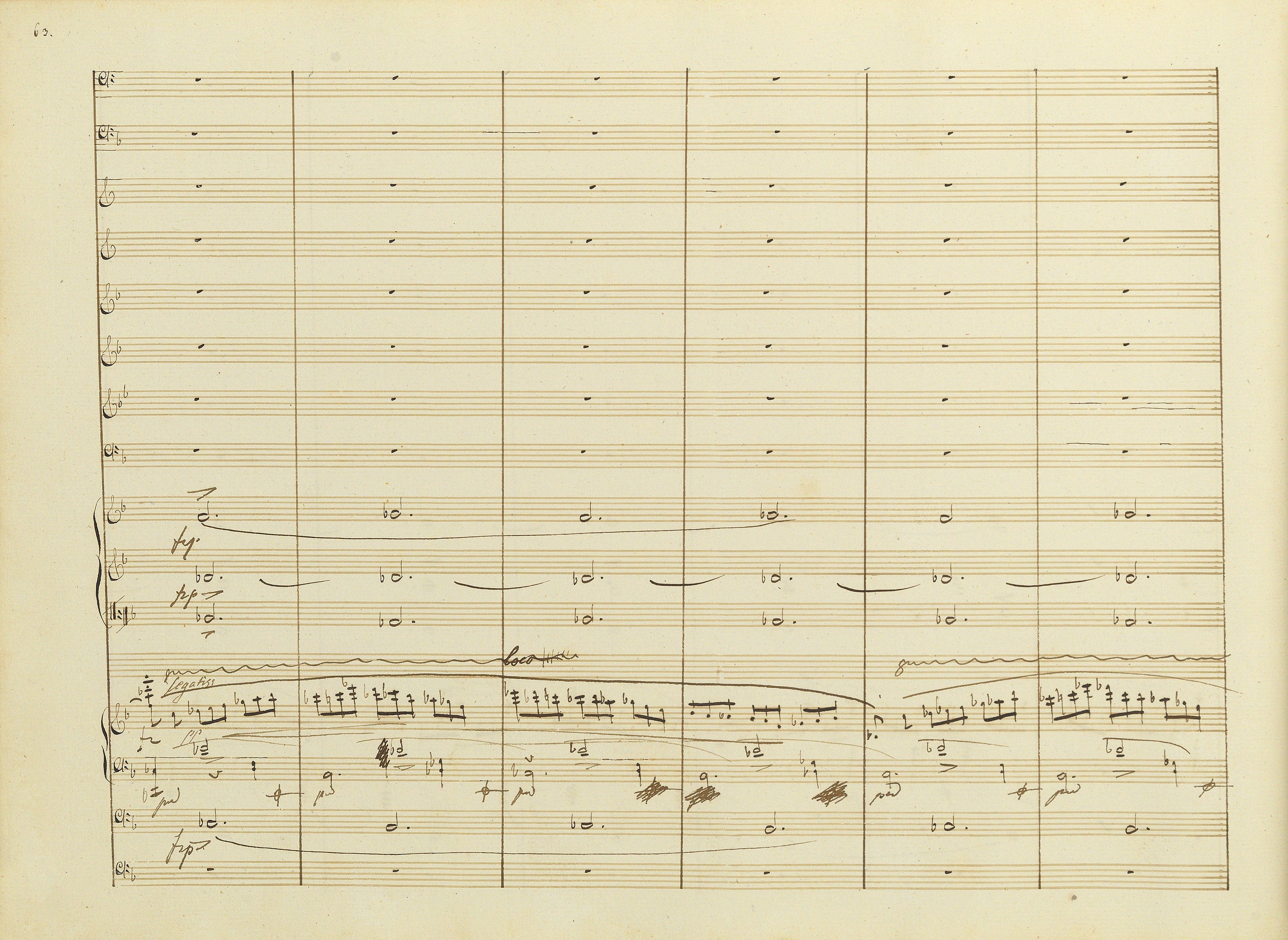Op. 2, Variations in B♭ major
Op. 10, 12 Etudes
Op. 11, Concerto in E minor
Op. 21, Concerto in F minor
Op. 22, Polonaise in E♭ major
Op. 24, 4 Mazurkas
Op. 25, 12 Etudes
Op. 26, 2 Polonaises
Op. 27, 2 Nocturnes
Op. 28, 24 Preludes
Op. 30, 4 Mazurkas
Op. 35, Sonata in B♭ minor
Op. 50, 3 Mazurkas
Op. 63, 3 Mazurkas
Op. 64, 3 Waltzes
(Op. 4), Sonata in C minor




Op. 21, Concerto in F minor, Mvt III
The solution suggested in the main text consisting in treating the quavers on the 1st beat of bars 433 and 437 as the 1st and 3rd notes of a quaver triplet seems to be recommended both due to the musical reasons (in the coda of this movement of the Concerto, there is an absolute supremacy of the triplet movement) and the pianistic ones (hand transfer). Such a notation can be found in Chopin's pieces on several occasions, e.g. in the Sonata in B minor, op. 58, 1st mov., bar 54, the 1st crotchet in the R.H. and the 4th crotchet in the L.H. In the latter, Chopin introduced a rest between two quavers in a pupil's copy.
Compare the passage in the sources »
category imprint: Interpretations within context; Editorial revisions
notation: Rhythm



